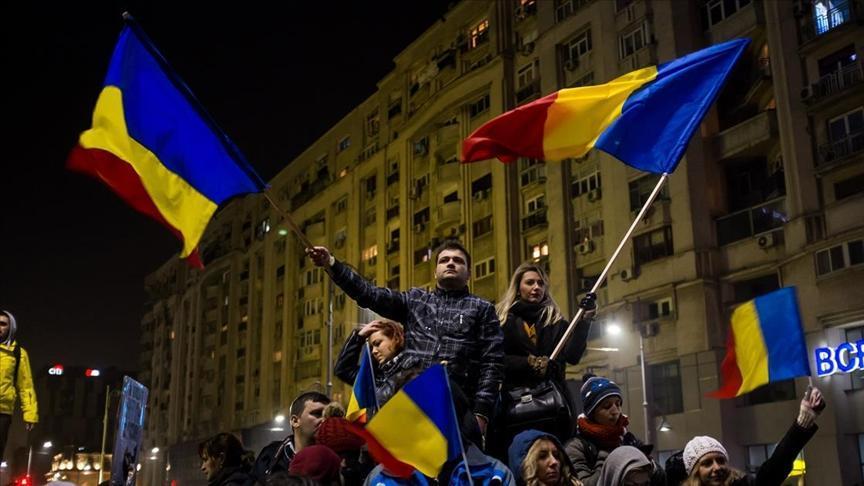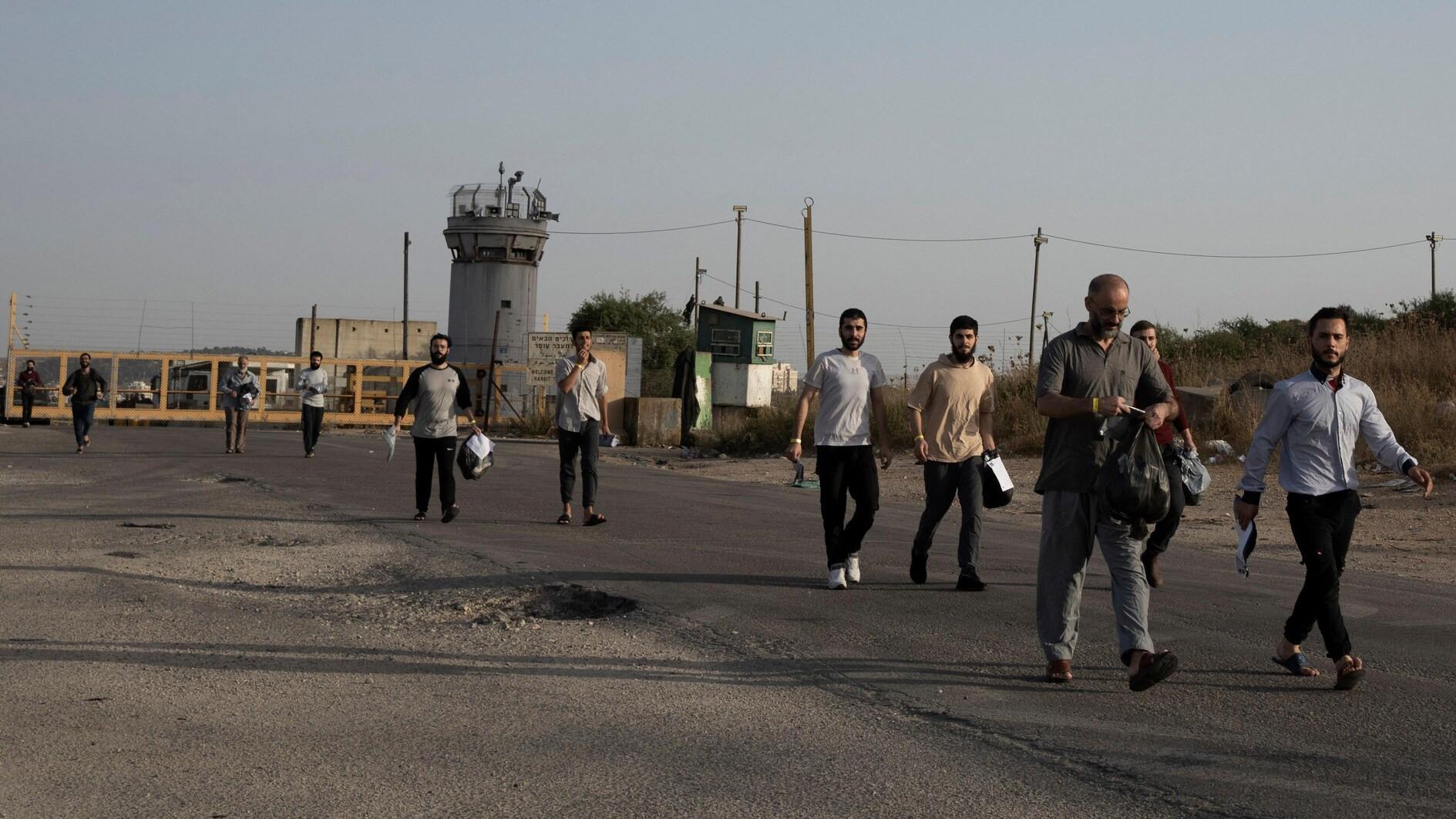30 crucified in Philippines during Good Friday ritual
Agence France-Presse
John Michael, a 33-year-old from Melbourne, joined three local men and one woman in being nailed to a wooden cross in Kapitangan town, just outside Manila. Another 25 men were crucified in Cutud town, north of the capital.Such practices, although not formally endorsed by the Roman Catholic church, are carried out as part of religious vows in return for favors granted or in penance for sins.
Michael, who was half-naked and wearing a long-haired wig with an improvised crown of thorns, joined the Filipinos in a procession carrying a huge wooden cross to a crucifixion site, flanked by men in Roman centurion costumes.
The Australian could be heard moaning loudly as the nails were driven into his palms and as his cross was hoisted up, allowing him to hang for about five minutes.
When he was taken down, the centurions rushed him to a medical tent for treatment.
Michael would not say why he had joined the ceremony but an Australian companion merely said "this is a personal thing for him."
In Cutud, where such crucifixions are a 54-year-old tradition, 25 people were crucified in three districts as thousands of foreign and local tourists flocked to the scene.
Many of these "Kristos"-- as the crucified men are called -- have gone through this ordeal a number of times.
The leader of the main body of Kristos, 48-year old Ruben Enaje, endured his 23rd crucifixion.
"I think it's crazy," said British tourist Mirjam Leenhouts. "Why would you want to hurt yourself?"
"That's some kind of extreme devotion," she remarked, as she witnessed the Kristos at Cutud being crucified three at a time.
After crucifixion, each Kristo is taken to a medical tent to have his wounds bandaged while another takes his place on the cross.
Critics say the event has become commercialized and is used for money-making rather than an expression of faith.
















